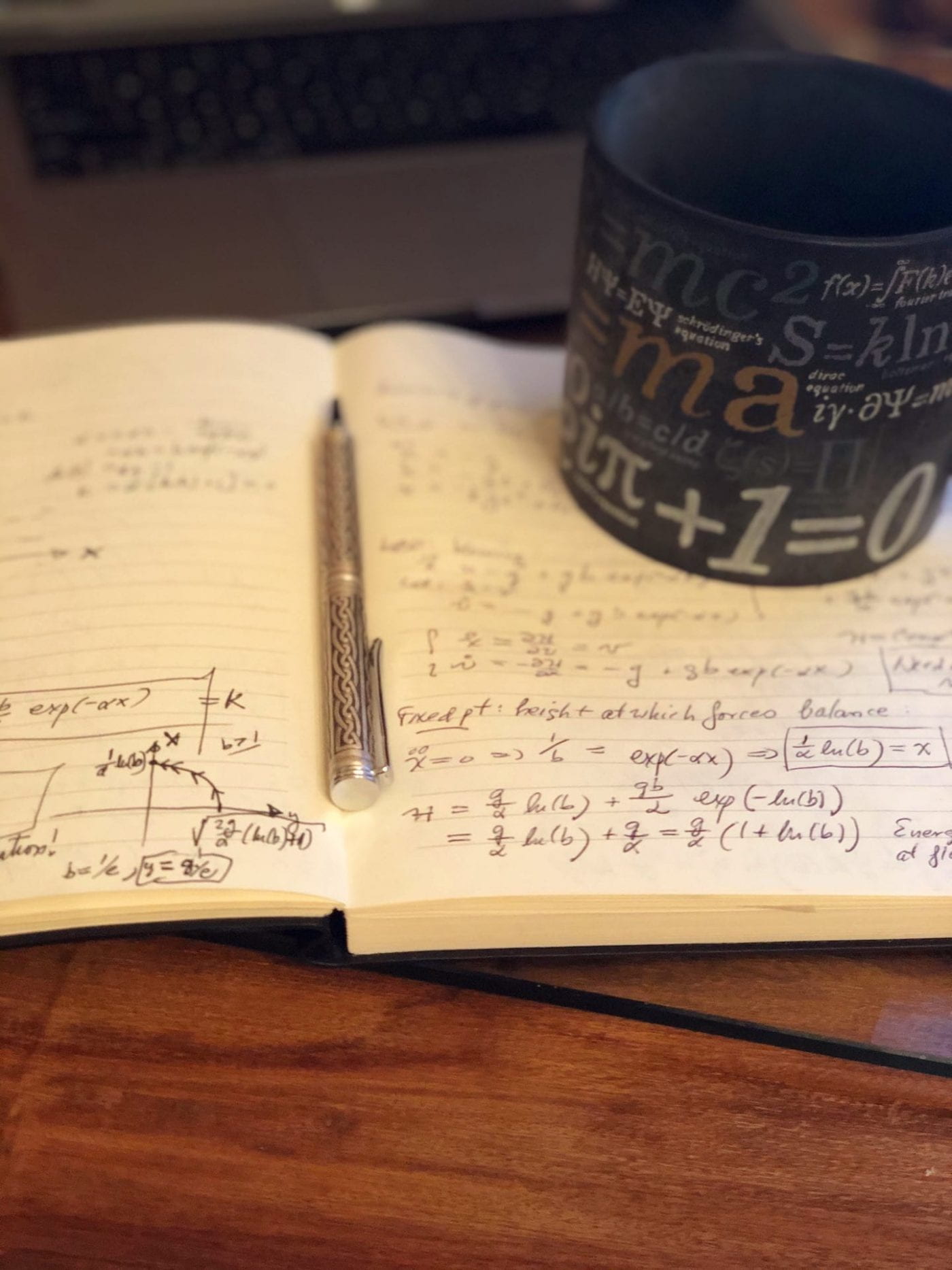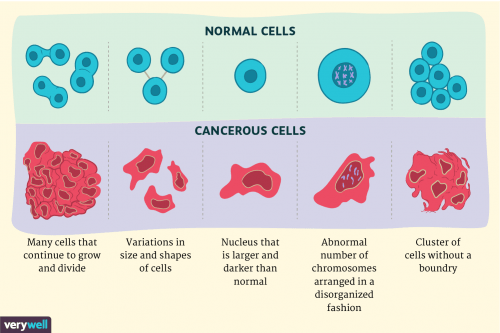Question: Are there more aggressive phenotypes and less aggressive phenotypes for different tumors ?
Our group is using machine learning and Fourier-based methods to develop digital pathology algorithms that can enlarge the toolbox available to pathologists to help sort these questions out

Our lab has been developing fast and accurate methods to sub-classify groups of rare circulating cells using data-driven feature selection. We have been able to determine a set of low-level features of circulating tumor cells (breast, prostate, lung) which can structurally differentiate between different candidate cell types. The methods we use are based on Fourier-ring descriptors which exploit the size variations and morphological differences between rare cell events (and are rotationally invariant). The Fourier-ring descriptors are used along with a Support Vector Machine decision tree classifiers to select cells of high interest (candidate circulating tumor cells) from large populations of cells. The methods are currently being extended to other cancer cell populations with the long term goal of providing a computational/algorithmic framework for pathology classification and identification
Here are four papers to read where you can learn more about our approach. See full publication list for others.
- Z. Hasnain, A.K. Fraser, D. Georgess, A. Choi, P. Macklin, J.S. Bader, S.R. Payton, A.J. Ewald, P.K. Newton, OrgDyn: feature and model-based characterization of spatial and temporal organoid dynamics (pdf) Bioinformatics (2020)
- Z Hasnain, J Mason, K Gill, G Miranda, IS Gill, P Kuhn, PK Newton, Machine learning models for predicting post-cystectomy recurrence and survival in bladder cancer patients, PloS one 14(2) e0210976 (2019)
- Z Hasnain, M Li, T Dorff, D Quinn, NT Ueno, S Yennu, A Kolatkar, C Shahabi, L Nocera, J Nieva, P Kuhn, PK Newton, Low-dimensional dynamical characterization of human performance of cancer patients using motion data, Clinical Biomechanics, 56 61-69 (2018)
- T Emerson, M Kirby, K Bethel, A Kolatkar, M Luttgen, S O’Hara, PK Newton, P Kuhn, Fourier-ring descriptor to characterize rare circulating cells from images generated using immunofluorescence microscopy, Computerized Medical Imaging and Graphics, 40 70-87 (2015)


